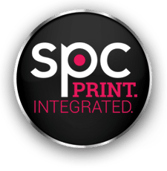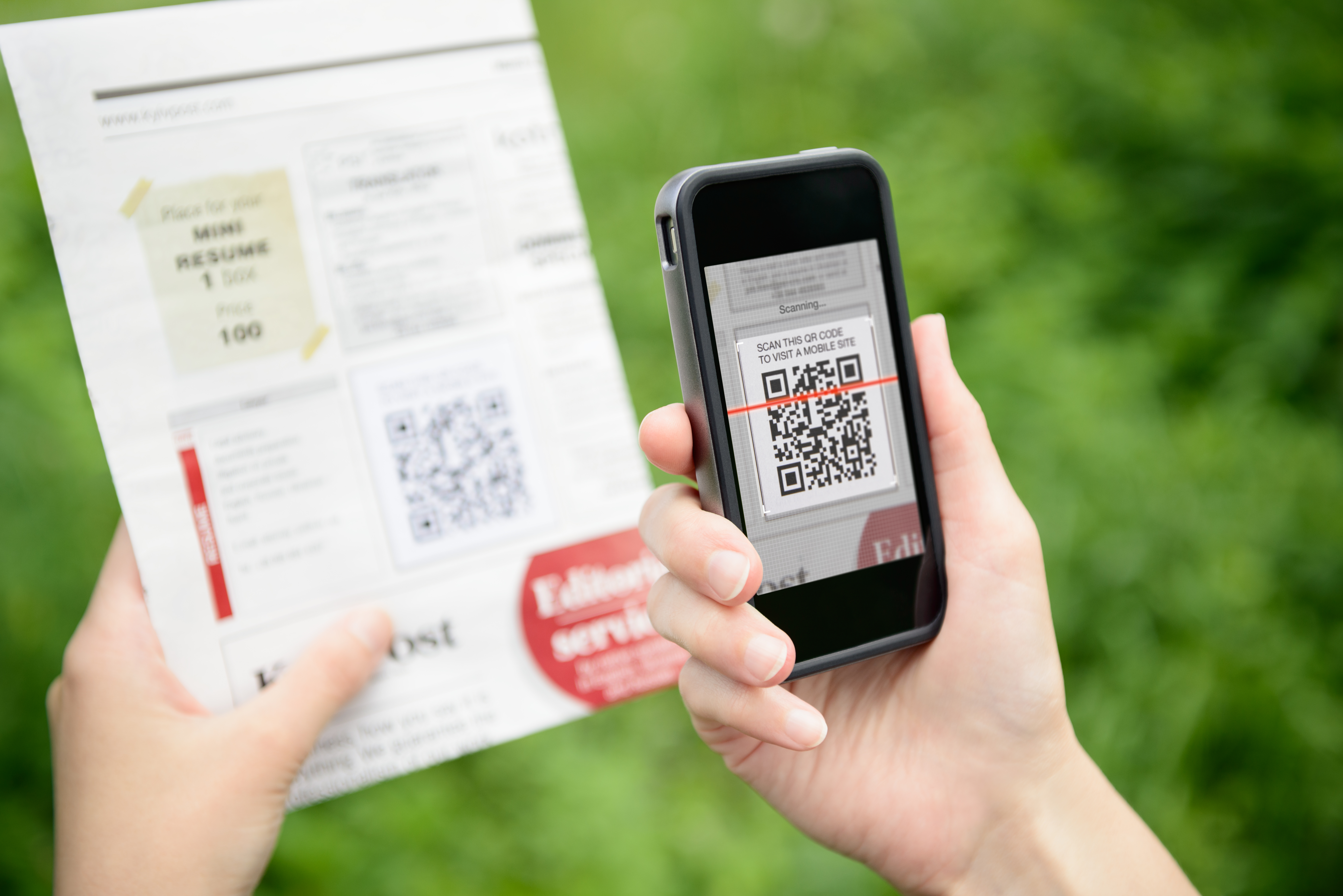Integrated Marketing: How to Make Your Social Media & Print Join Forces
Often, audiences are scattered across marketing channels. Although you may be targeting groups of people who are similar to each other in some ways, these are still made up of individuals that have their own unique preferences, such as where they most like to receive marketing messages. To achieve full exposure and maximum impressions when telling your story, an integrated campaign that includes print and digital marketing will deliver the best results. Although print is on the older end of the marketing timeline and social media is still new in comparison, it is possible for these two methods to work harmoniously. In fact, when they work together, your marketing efforts overall will be more successful.
With the demographics of social media users being so broad now, it is no longer used solely to communicate with younger generations. Similarly, just because someone is younger does not mean they do not prefer direct mail. That is why you are more likely to reach more people by integrating the two.
It is true that digital marketing in general is popular these days, and for good reason. You can have incredible reach by spending very little, especially compared to traditional advertising prices. However, because people see less print, especially direct mail, you are likely to stand out more with this marketing method.
Also, consumers are usually much less distracted when opening their mail than when scrolling through social media. First of all, they are usually alone and second of all, they are not being bombarded with a bunch of different messages at the same time. Plus, with the amount of misinformation online these days, buyers tend to trust print marketing more than what they see on social media. Anyone can set up a Facebook business page for free, but if you spend money on a direct mail campaign, people are more likely to realize the credibility of your message and brand.
One great aspect of digital marketing is that it’s very easy to collect data and analytics about your audiences and campaigns. You can use the knowledge you gain from marketing online to inform your print program as well. Interaction is also much easier via social media. This is a great place to receive feedback; you can even ask for critiques of your latest piece of print directly in a post caption. Another good practice is to pay attention to which posts are getting the most engagement, then bring the successful elements of them into your print designs.
There are many ways to integrate social media and print marketing. The first thing to remember is to focus on brand consistency. Your logo, voice, and design elements should be the same on your print marketing materials and on your social media channels. Also, remember that your messaging should unite your brand and encourage people to interact with you via every platform you utilize. Calls to action can be incredibly helpful with this.
Integrating social media and print marketing can be difficult because these channels are so different from one another, but here are a few examples of ways you can make this work…
Print to Social Media
- Include offers in you direct mail marketing that encourage recipients to go to your social media pages. This works really well with incentives, such as follow us on *insert platform* and receive *insert offer*.
- Make sure posters, flyers, banners, mailers, etc. include your social media icons and handles. It is also sometimes appropriate to include a URL to your social media pages, but don’t forget that people will have to be in a space where they can take the time to type that into a web browser.
- Add QR codes to your print for faster online interactions. Some argue that this technology is already dated, however QR codes are easy for you to create and convenient for consumers to use. It does not get much simpler than pulling out your phone, scanning a code, and instantly being brought to the webpage you were looking for. Remember to use these on print that is located somewhere with cell service and in a spot where people will not mind pausing for a moment. The QR code should also be clear and visible in your design so people spot it.
- Use any branded hashtags in your print designs as well. They are a great campaign tracking tool, so encouraging those who normally interact with your brand offline to sign on and use them will create more buzz around your brand.
- At events, set up a photo station. Use materials in the background as props. The designs of these props should include hashtags, handles, and logos.
Social Media to Print
- The best things to post to social media these days are videos and photos. Consider showcasing some of your print marketing this way. You could do this in a super intentional manner or casually, such as simply having a branded banner in the background of a selfie.
- Ask users if they have received a mailer yet in the caption of a social media post. You could even incorporate an “Easter egg” into the print design and tell the recipients who spot it to let you know via social media.
- Post a link to a landing page where people can sign up to receive some print marketing from you. That collateral should be something of value, presented in an interesting way. By running this social media campaign, you can increase your direct mail response rate and return on investment since you will only be sending mailers to those who have already expressed interest.
- Try incorporating print marketing into a social contest campaign. For example, send a postcard with a code on it that recipients must use online to enter or claim their prize. This added twist makes your contest more engaging than the competition’s.
Stop thinking of your marketing efforts as separate channels of communication. Instead, figure out how to make them work in unison so that your message is always delivered correctly and consistently. There is no need to choose between social media and print marketing. They are equally important and extra powerful when they join forces.





Leave a Reply